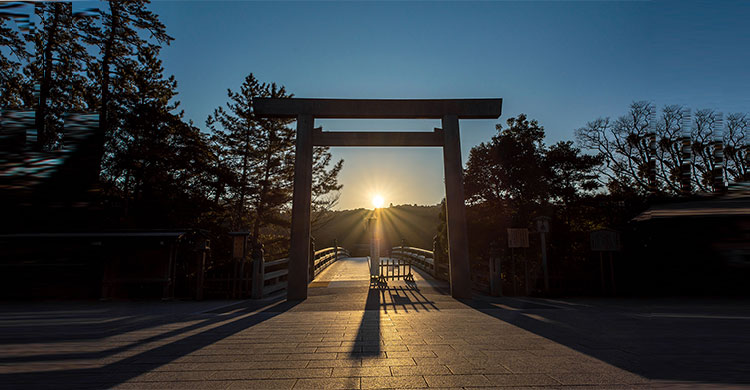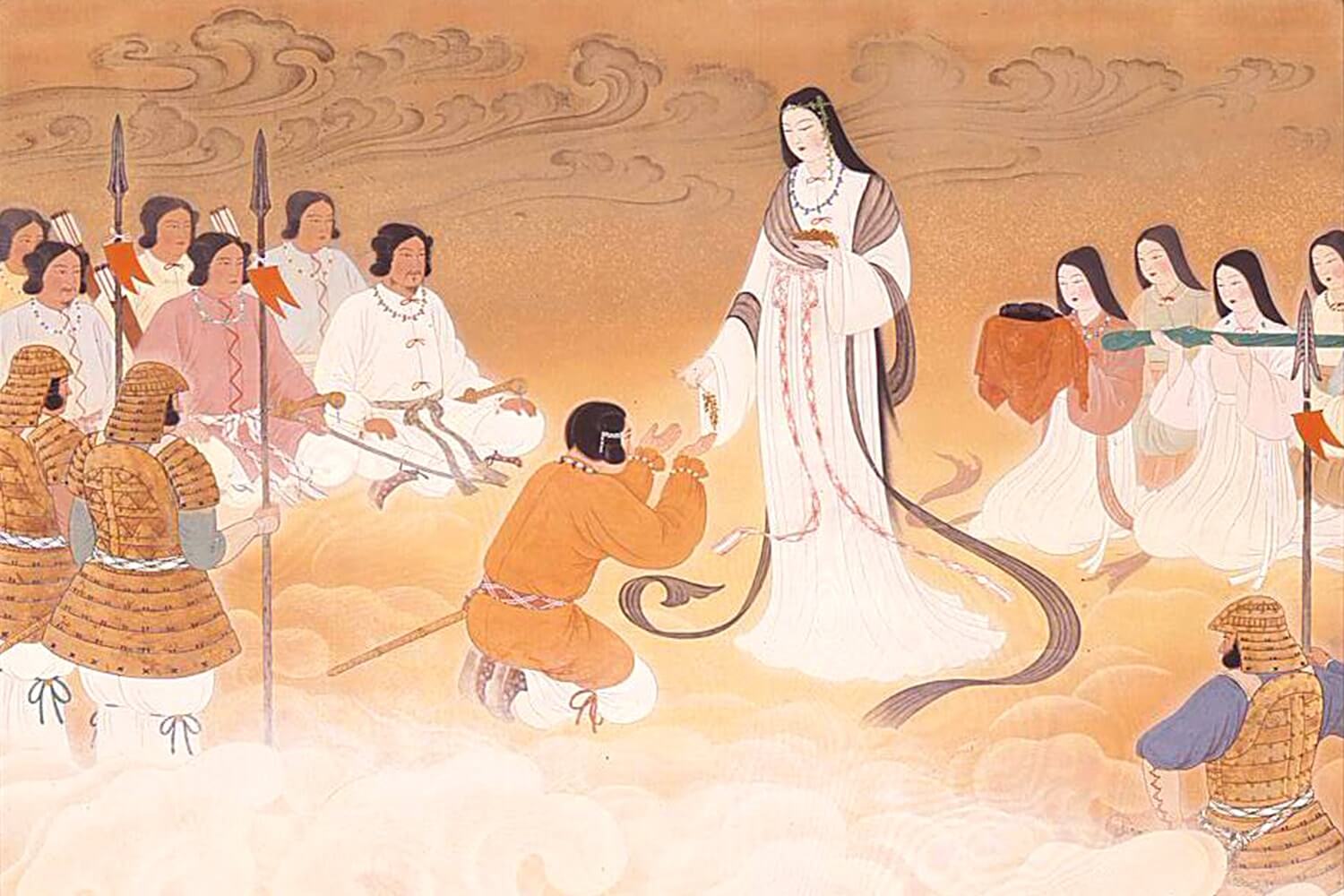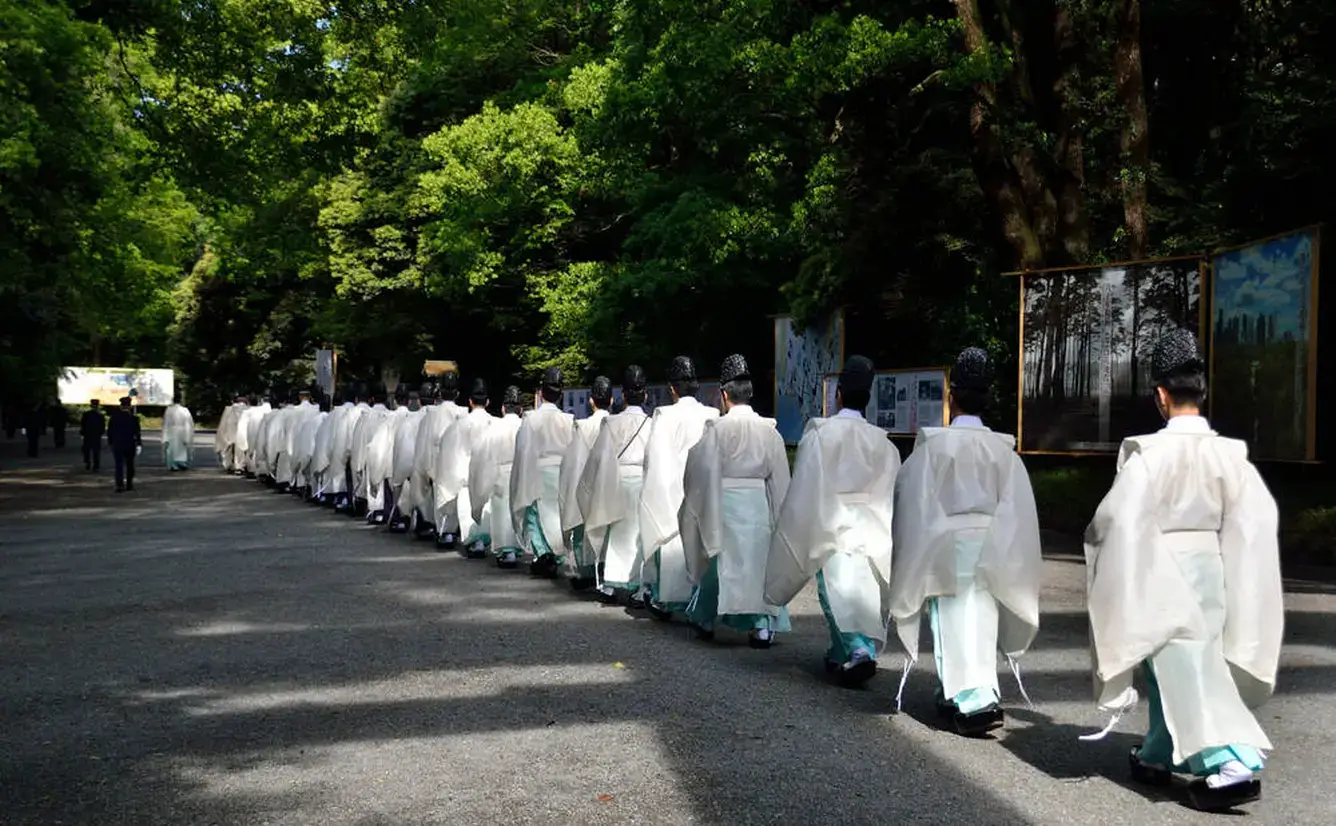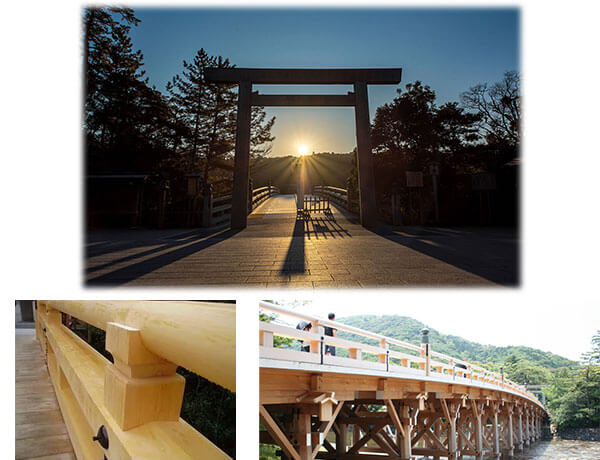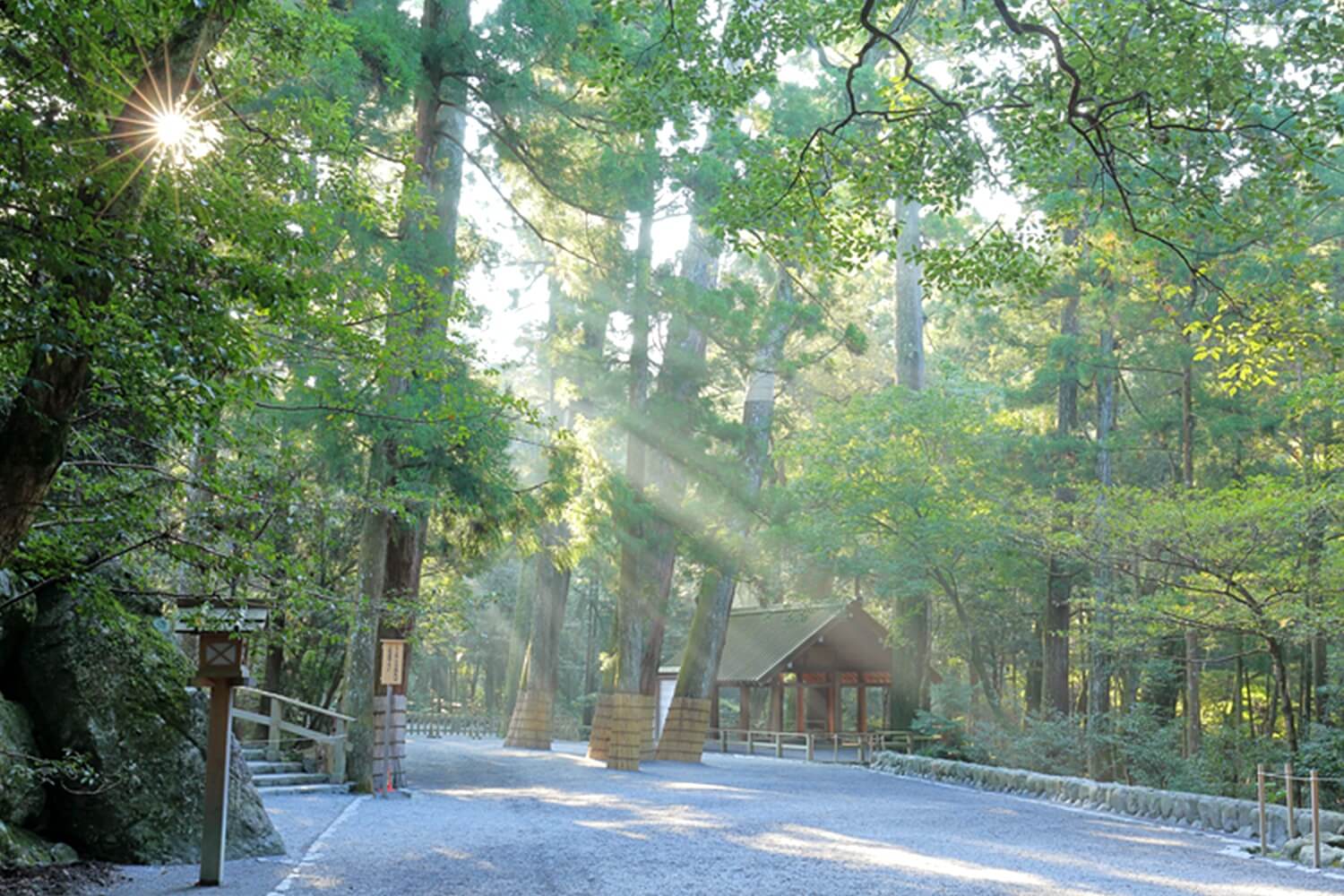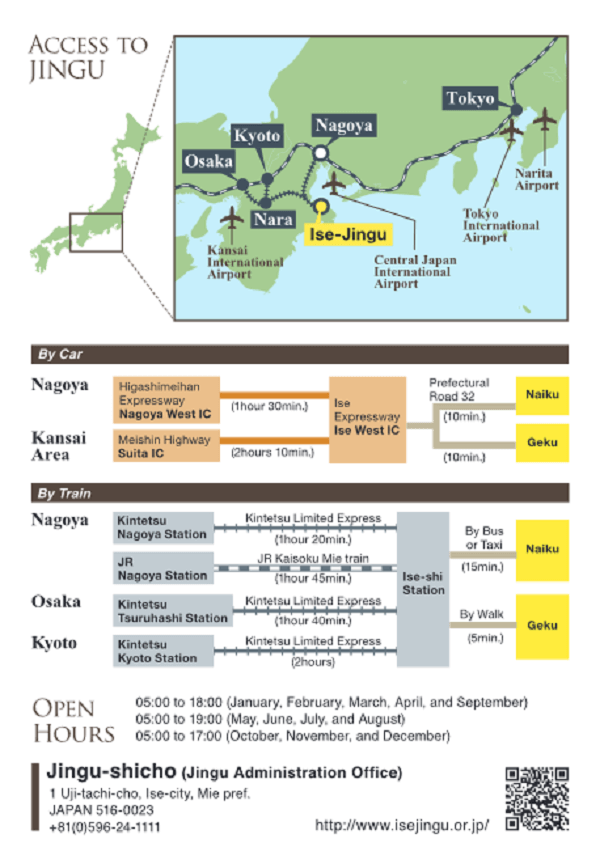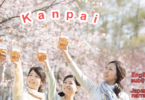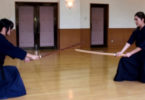Hi everyone how are you? Today’s topic is Ise Jingu (Shrine) which has over 2000 years history and it is one of “Cool Japan”.
Contents
How many jinjya (shirine) are there in Japan now?
According to the recent survey, it says approximately 80,000 throughout the country. Among them, Ise Jingu (Shrine) is considered as one of the most venerable shrine in our country.
There are two Grand Shrine called ”Inner Ise Shrine” and “Outer Ise Shrine”.
So let’s go to the shrine to get to know itself by watching two short videos explaining rough summary, shall we?
Features of Ise Jingu (Shrine)
A cluster of buildings nestling in a vast expance of forest. This is the Inner Shrine of Ise Jingu. Located in Mie Prefecture, Ise Jingu is one of the most important shirines in all of Japan.
The grounds of the Inner Shrine are covered with cedar and cypres tree that are over 300 years old and have been left untouched to this day.
To reach the main shrine buildings, visitors have to walk along the approach which is more than one kilometer long.
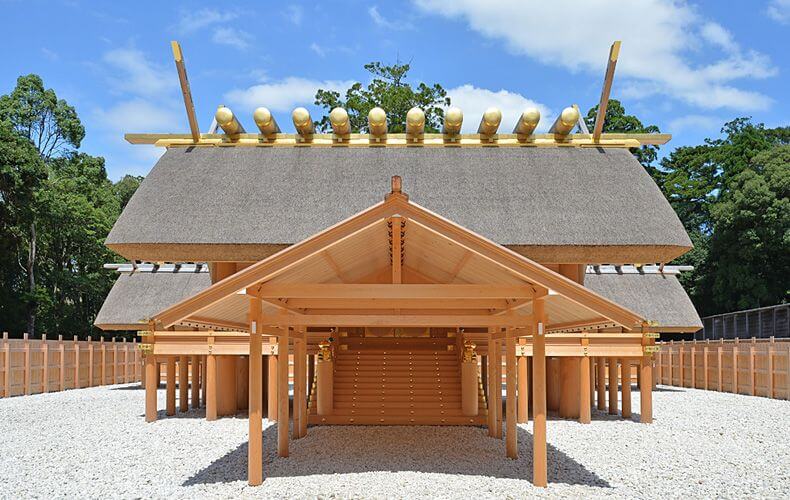 Main shrine in the Inner Shrine
Main shrine in the Inner Shrine
Enshrined here is Amaterasu Omikami, the sun deity who appears in Japanese mythology.
The outer Shrine was built to form a pair with the Inner Shrine. These two shrines and 123 other affiliated shrines in the vicinity are collectively known as Ise Jingu.
It’s said that Ise Jingu was founded about 2,000 years ago. Amaterasu Omikami is considered the tutelary deity of the Imperial Family, so Ise Jingu became an object of fervent worship for many aristocrats and warriors.
From the 17th century, the religous admiration for Ise Jingu spread to the common people, and there were repeated pilgrimage booms.
It’s even recoded that, in one year, around 10 percent of the country’s population visited Ise Jingu.
Ise Jingu is closely associated with Japan’s culture of rice cultivation. This is evident in the Kannamesai ritual, held in October every year.
Kannamesai is one of the annual events held by the Imperial Family. Offerings to the year’s first harvest of rice are made to Ise Jingu as an expression of thanks for yet another bountiful year.
The special architectural style of Ise Jingu also reveals its link to rice cultivation. The buildings are supposedly modelled on rice granaries from the Yayoi period, the time when rice cultivation began in Japan.
The pillars and walls are made of unpainted wood, and the roofs are thatched. Built in a very austere manner, these structures deteriorate overt time.
What’s “Shikinen Sengu“?
In order to keep them looking good, each building is regularly rebuilt in exactly the same form on the adjacent plot of land, and the deity is transferred into the new hall. Carried out every 20 years, this called Shikinen Sengu(transfer of a deity to a new shrine building once in 20 years).
 Main shrine in the Outer Shrine
Main shrine in the Outer Shrine
It’s believed that Shikinen Sengu restores the power of the deity. At Ise Jingu, it has been conducted regularly since 690 for centuries, and that’s why its ancient architectural style has been perfectly preserved to this day.
The 62nd Shikinen Sengu, a once-in-20-years ritual of rebuilding the Ise Grand Shrine, was held in 2013.
At the same time, the Uji Bridge was also rebuilt without using a single nail and completed in 2013
Uji Bridge is one of the oldest bridges in Japan, and it has a long history of being rebuilt every 20 years as part of the Shikinen Sengu ritual of the Ise Grand Shrine.
The bridge is said to connect the everyday world and the sacred world, and it is made of natural materials such as cypress and zelkova1.
One possible reason is to preserve the traditional construction method that dates back to ancient times.
The use of nails in wooden structures is relatively recent in Japan, and many old temples and shrines were built without them.
The nail-less technique relies on precise joinery and interlocking wooden pieces that create a strong and flexible structure that can withstand earthquakes.
Another possible reason is to respect the natural beauty and harmony of the wood and the environment.
The use of nails can damage the wood and cause it to decay faster, while the nail-less method allows the wood to breathe and age gracefully.
The use of natural materials also reflects the Shinto belief that everything has a spirit, and that humans should live in harmony with nature.
Ise Jingu has been a place of worsip since ancient times. Its close association with Japanese culture is apparent from the buildings and customs that have been carefully maintained.
I think you could understand how admirable shrine has been, it’s well worth a visit while in Japan.
Last but not least, “The Divine Oasis: Unveiling the Spiritual Majesty of Shrines & Temples” being well-worth a visit too, thanks

